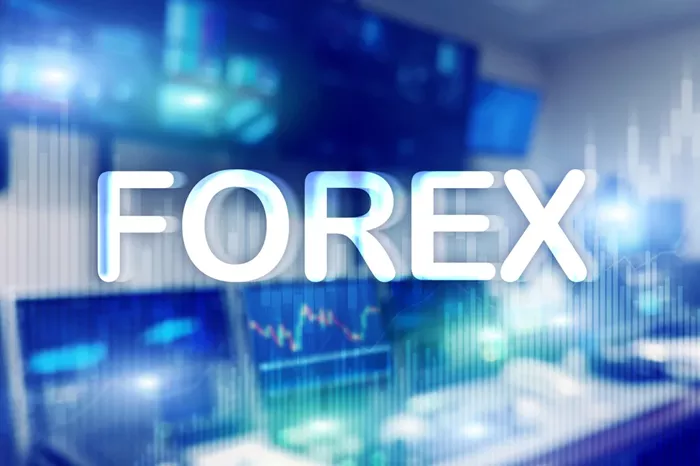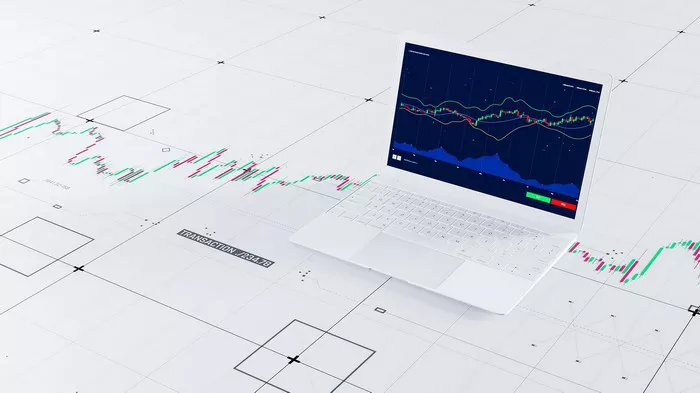In the world of stock trading and technical analysis, understanding chart patterns is a crucial skill for making informed decisions. One such pattern is the bear flag, which can indicate potential future price movements. But what exactly is a bear flag, and how can investors and traders use it effectively? In this article, we’ll explore the concept of the bear flag, its key characteristics, how to identify it, and how to use it for making better trading decisions.
What is a Bear Flag?
A bear flag is a technical chart pattern that signals a potential continuation of a downtrend in the price of a stock. It occurs after a strong downward movement in price, followed by a brief consolidation or retracement, which forms a “flagpole” and a “flag” shape on the chart. This pattern is generally seen as a bearish signal, meaning that it indicates the stock price is likely to resume its downward movement after the consolidation phase.
Key Features of a Bear Flag
A bear flag consists of two primary components:
Flagpole: This is the initial sharp downward move that sets the stage for the flag pattern. It represents a significant sell-off in the stock.
Flag: This is the period of consolidation or upward retracement that follows the flagpole. The flag is typically an upward-sloping parallel channel or a slight rally that looks like a small flag on the chart.
Once the flag is formed, the price typically breaks downward from the flag, resuming the overall bearish trend.
How Does a Bear Flag Form?
Understanding the formation of a bear flag requires a closer look at market psychology and price action. The following stages illustrate how the bear flag pattern comes together:
1. Sharp Downtrend (The Flagpole)
A bear flag begins with a steep downward move, often driven by panic selling or a negative news event. This sharp decline, known as the “flagpole,” is the initial phase of the pattern. The price action during this phase shows clear signs of weakness and a lack of buying interest, which pushes the stock lower.
Volume: The volume during the flagpole is typically high, reflecting the intensity of the sell-off. A strong decline in volume after the flagpole may indicate the consolidation phase is starting.
2. Consolidation or Retracement (The Flag)
After the initial downtrend, the stock price enters a consolidation phase, which may form a small upward trend or a sideways pattern. This forms the “flag” part of the bear flag pattern. Traders often interpret this phase as a short-term pause in the downtrend, where the market attempts to find support and catch its breath.
The consolidation phase can take a few forms:
Upward Sloping Channel: The price moves slightly upward, typically at a shallow angle.
Sideways Movement: The stock may also move in a horizontal range during this phase.
Volume: Volume tends to decrease during this phase. Traders may be waiting for the next move before making further decisions.
3. Breakdown and Resumption of Downtrend
After the flag is formed, the price typically breaks downward through the lower boundary of the flag. This breakdown signals that the previous selling pressure is likely to continue, and the stock price could resume its downward movement, completing the bear flag pattern.
Volume: A breakout from the flag, accompanied by a pickup in volume, confirms that the downtrend is likely to resume.
How to Identify a Bear Flag Pattern
Identifying a bear flag pattern involves looking for the right combination of price action and chart features. Here are the key steps to help you spot a bear flag:
1. Strong Initial Decline
The first step in identifying a bear flag is to look for a sharp, sustained downtrend. This initial drop in price must be significant and accompanied by a large volume surge. The drop should be steep, with no immediate signs of support or reversal.
2. Consolidation Phase or Upward Retracement
After the sharp decline, the price should enter a phase of consolidation. During this phase, the price might move upward slightly or remain within a narrow range. The key here is that the price moves against the primary trend (the downtrend), forming the “flag.”
The consolidation phase should not be too extended or sharp. The flag should be relatively shallow or mild in comparison to the flagpole.
3. Sloping or Horizontal Range
The flag part of the pattern should either slope slightly upward (an upward parallel channel) or move sideways. This forms the visual appearance of a “flag” on the chart.
4. Volume Decline During Consolidation
During the consolidation phase, volume tends to decrease. This lack of trading volume during the consolidation suggests that there is no strong buying interest to reverse the downtrend.
5. Downward Breakout
Once the flag has formed, the next step is to wait for the price to break downward through the lower boundary of the flag. This breakdown is the key signal that the price is likely to continue falling, and the bear flag pattern is complete.
Example of a Bear Flag Pattern
To help visualize a bear flag, imagine a stock that has been in a strong downtrend for several weeks. After a steep drop, the stock then begins to consolidate, with prices moving slightly higher over the course of a few days. This creates the flag. Once the price breaks below the lower boundary of the flag, it suggests that the downtrend will continue.
How to Trade a Bear Flag
Traders often use the bear flag pattern to predict and capitalize on further declines in price. Here are some strategies for trading the bear flag:
1. Entry Point: The Breakdown
The most common entry point for a bear flag trade is when the price breaks below the lower boundary of the flag. This signals that the downtrend is likely to continue. The breakdown should be accompanied by an increase in volume, which further confirms the bearish sentiment.
Stop-Loss: Traders often place a stop-loss above the upper boundary of the flag or above the high of the flag consolidation. This protects against a false breakout and ensures the trade does not become too risky.
2. Target Price: Measuring the Flagpole
To estimate a target price for a bear flag trade, traders often use the height of the flagpole. The distance from the top of the flagpole to the bottom of the flag is then projected downward from the breakout point.
For example, if the flagpole measures $5, and the breakout occurs at $100, the target price would be $95, as $5 is subtracted from the breakout point. This method helps set reasonable profit-taking targets.
3. Risk Management
As with any technical pattern, risk management is essential. It is important to manage the position size and place stop-loss orders to minimize potential losses. A well-placed stop-loss ensures that if the trade doesn’t work as expected, losses are contained.
4. Volume Confirmation
One of the most critical factors in confirming the bear flag pattern is volume. A strong volume surge during the breakout phase indicates that the downtrend is likely to continue. Without sufficient volume, the breakout may be a false signal.
5. Time Frame Considerations
Bear flags can form on various time frames, from intraday charts to daily or weekly charts. The larger the time frame, the more significant the pattern. A daily or weekly bear flag will likely carry more weight than a 5-minute chart pattern.
Advantages and Disadvantages of Trading Bear Flags
Like any technical pattern, trading bear flags has its pros and cons. Let’s look at both:
Advantages of Trading Bear Flags
Clear Entry and Exit Points: Bear flags provide traders with clear and objective entry points (the breakdown) and exit points (target price based on the flagpole).
Predictable Price Movement: The pattern is generally reliable in indicating that the downtrend will continue, which gives traders confidence in their positions.
Risk-Reward Ratio: With the ability to set tight stop-loss orders and reasonable profit targets, bear flags offer good risk-to-reward ratios for traders.
Disadvantages of Trading Bear Flags
False Breakouts: Bear flags are not always successful. A false breakout, where the price fails to continue downward, can result in a loss.
Limited Time for Setup: The flag formation typically lasts only a few days, so traders must be vigilant and ready to act quickly.
Market Conditions: The bear flag pattern is most effective in strong, established downtrends. It may not work well in choppy or sideways markets.
Other Chart Patterns to Watch for in Bearish Markets
While the bear flag is a powerful bearish pattern, it is not the only one. Other chart patterns, such as the head and shoulders, double top, and descending triangles, can also signal potential downward price movements. Combining these patterns with other technical indicators can improve the accuracy of predictions.
Conclusion
The bear flag is a well-known chart pattern that signals the continuation of a downtrend after a brief period of consolidation or retracement. By understanding the characteristics and structure of the pattern, traders can identify potential shorting opportunities or make informed decisions about their positions.
When trading bear flags, it’s crucial to watch for volume confirmation, manage risks with stop-loss orders, and use appropriate target prices based on the height of the flagpole. With practice and careful analysis, traders can effectively incorporate bear flag patterns into their overall trading strategies and profit from continued bearish trends in the stock market.
Related topics:
































